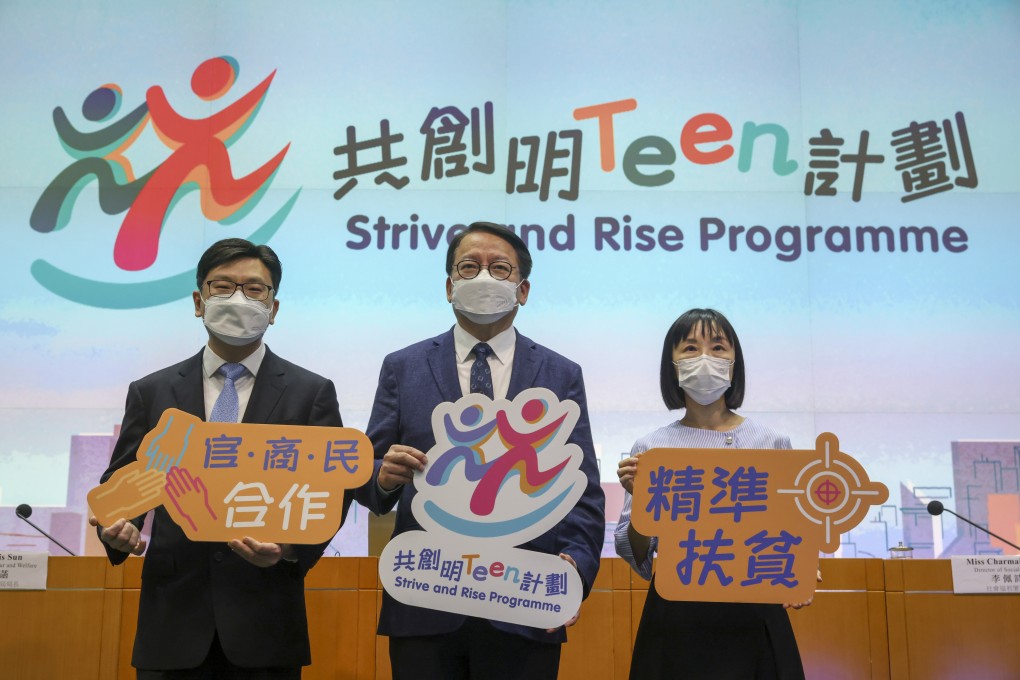Letters | Consider peer tutoring to help all Hong Kong students in need
- Readers discuss the benefits of adult mentors versus peer tutors and ask questions about the duration and fate of unsuccessful Strive and Rise applicants

Here is an example to illustrate why that is the case. Tutee Lola doesn’t understand why 3x2=6, so tutor Heidi thinks about how to clarify it and tries to reorganise the ideas in new ways to help Lola understand it.
So Heidi draws three boxes each with two items inside and explains why 3x2=6 by counting the objects. Heidi’s richer, deeper explanation of multiplication as boxes of items, repeated addition and counting helps Lola better understand arithmetic concepts and solution procedures while also integrating and deepening Heidi’s own mastery of arithmetic. Such help often academically benefits the tutor more than the tutee.
Simply giving the correct answer often does not help. Teachers should show ways to give more effective help and provide students opportunities to practise giving help in class.